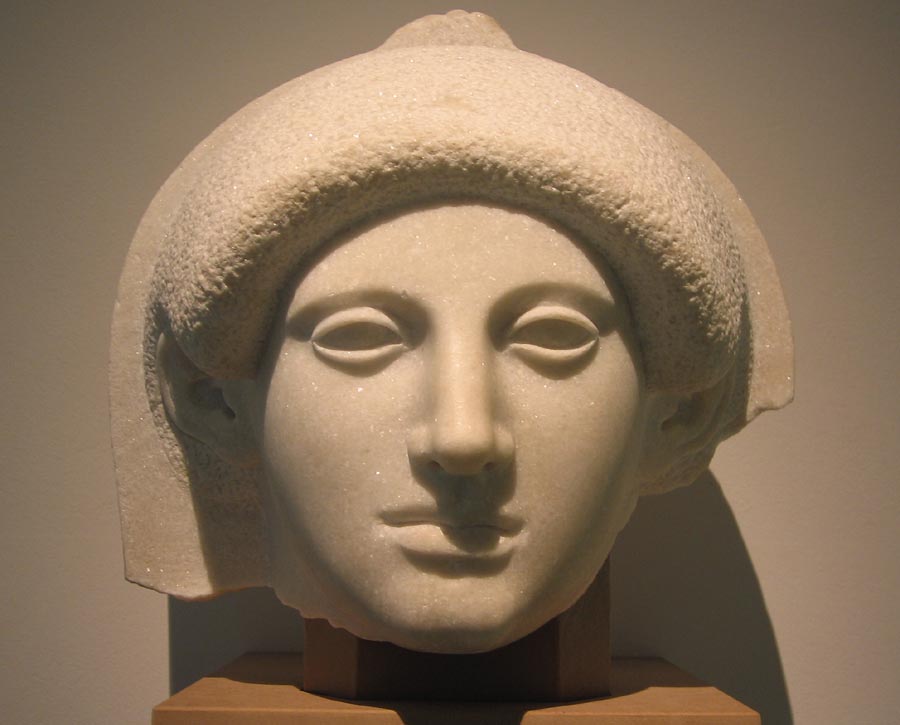
home
Recordings
The great Vihuela hoax
UNDER CONSTRUCTION Pages to befinished August 07 |
Although there are a few ensembles that really attempt to do historical performance, over ninety percent of what is presented to the public is in fact a curious and exotic mixture of old and new instruments and styles. Although it may have at a minimum a wink, and perhaps more than a nod, it is not historical performance in the sense that we could really do historical performance, but we don't. There is presently no good term for this new style of music, although it is in a sense truly modern, as musicologists have stated before. I think the term "fusion" comes closest. In a typical baroque orchestra, the players now use instruments that are really a 50/50 blend of old and new. The bass strings are metal (modern); the treble strings are gut (historical, although now spun differntly to make them last longer), Similarly, all the other instruments have "improvements" to make them as reliable and peachy as their modern counterparts: the trumpets are drilled full of holes, the bassoons have extra keys, the winds have different bores and windways. In general, everything is bigger, heavier, thicker & louder--in fact, all the things we were running way from in the 1970s. As the song goes, something's lost and something's gained. What we gain is a more marketable product, a louder & more dynamic sound; what we lose is the transparency, the tuning, the articulation & the grace. As the orchestras become louder, so do the singers, and it is now quite common to have a modern opera singer who knows nothing about historical ornamentation, style & technique perform with hearly music ensembles. There are, however, a few gifted singers who can really do it all. Some ensembles do a terrific job of historical performance, and you can see them on my great ensembles page. As a musician, I think we should just come up with a new name for this new kind of performance--variety blends sell well in coffee shops, why not in concerts? |